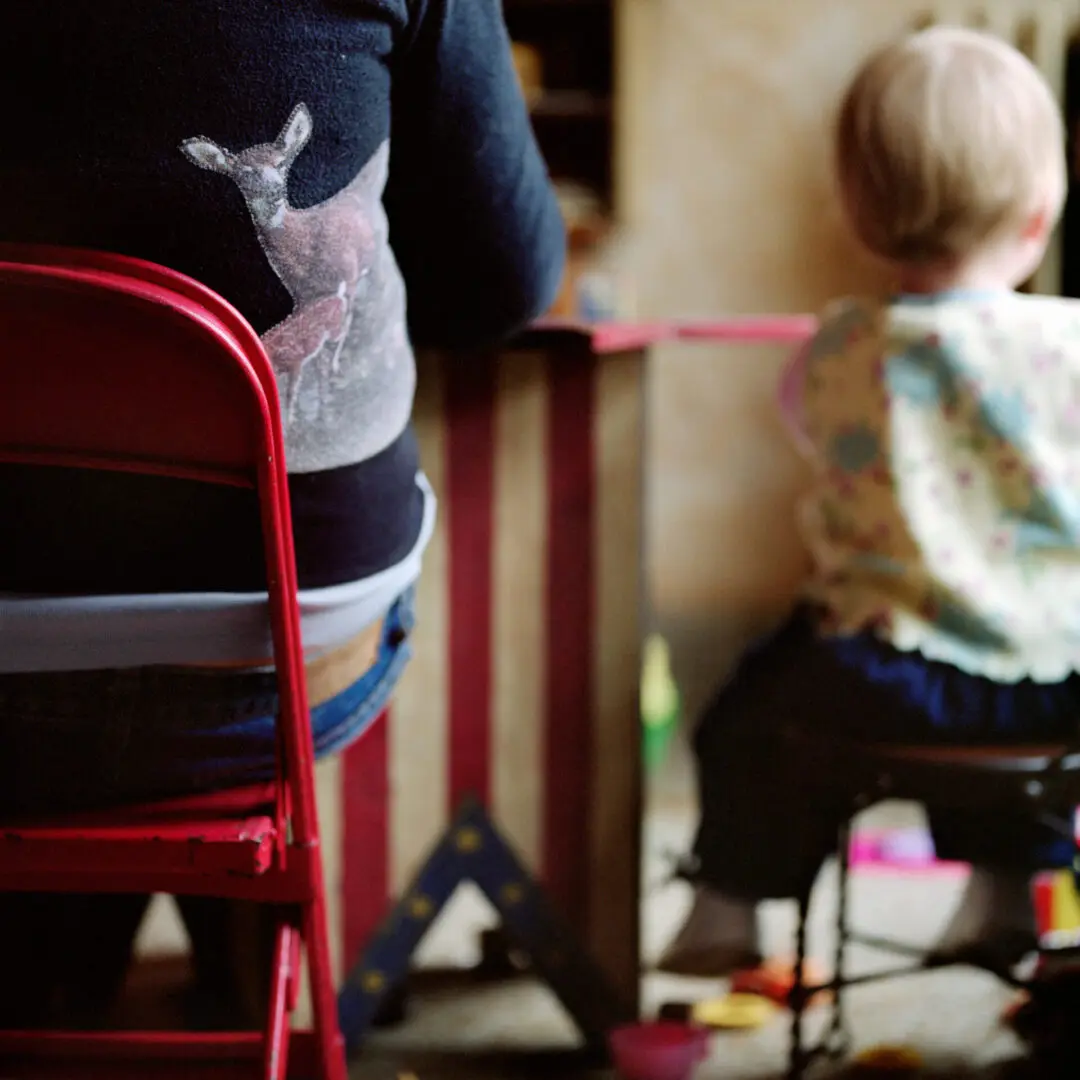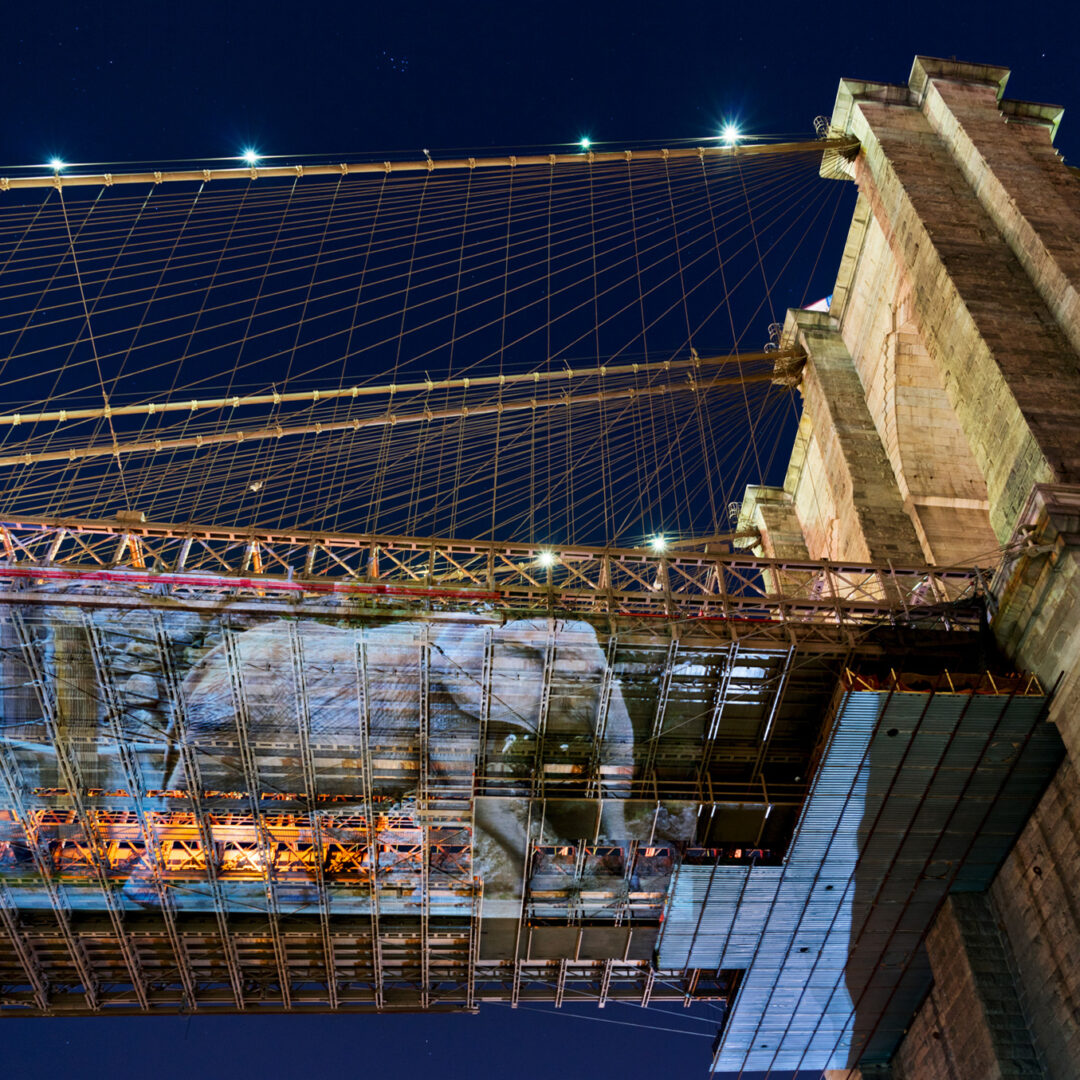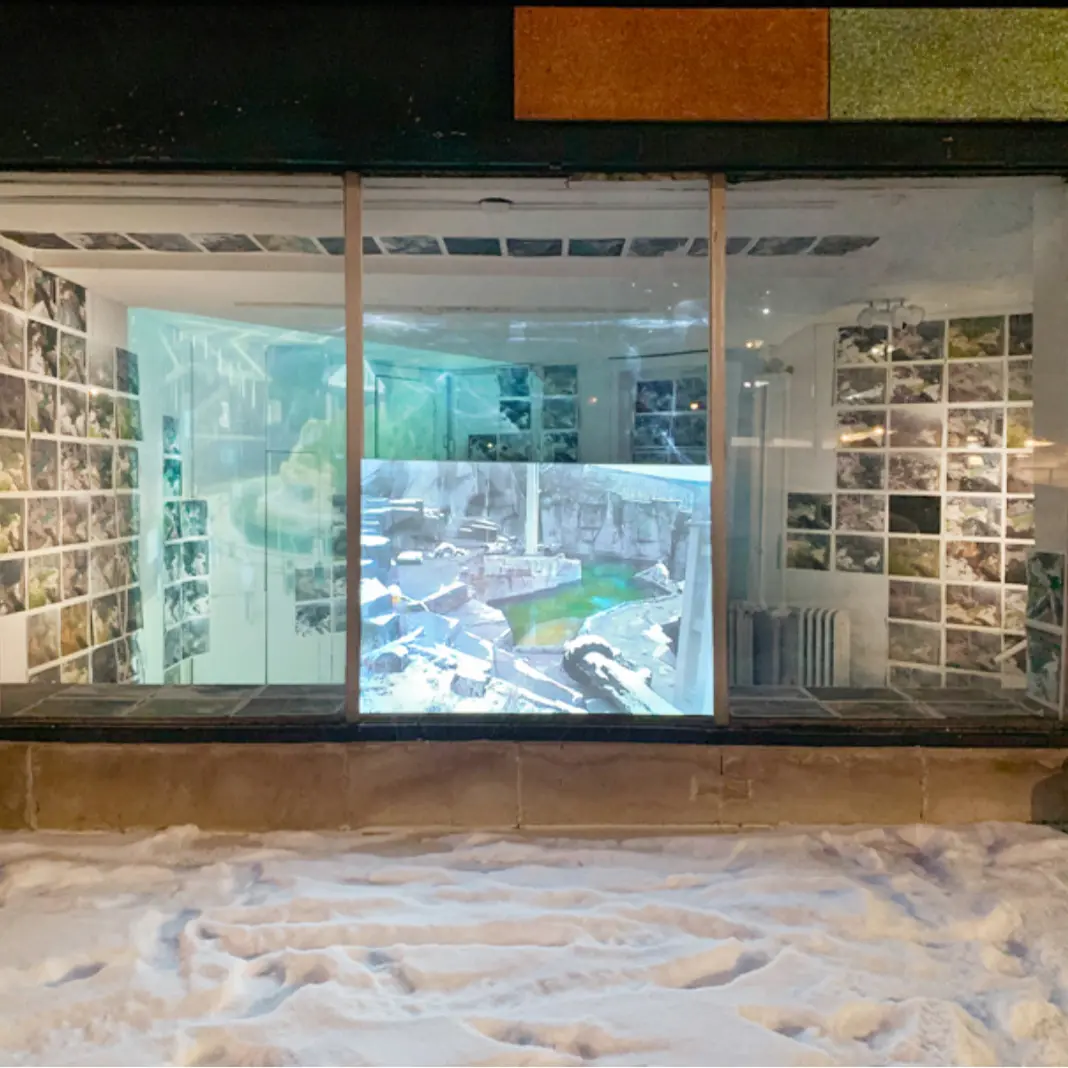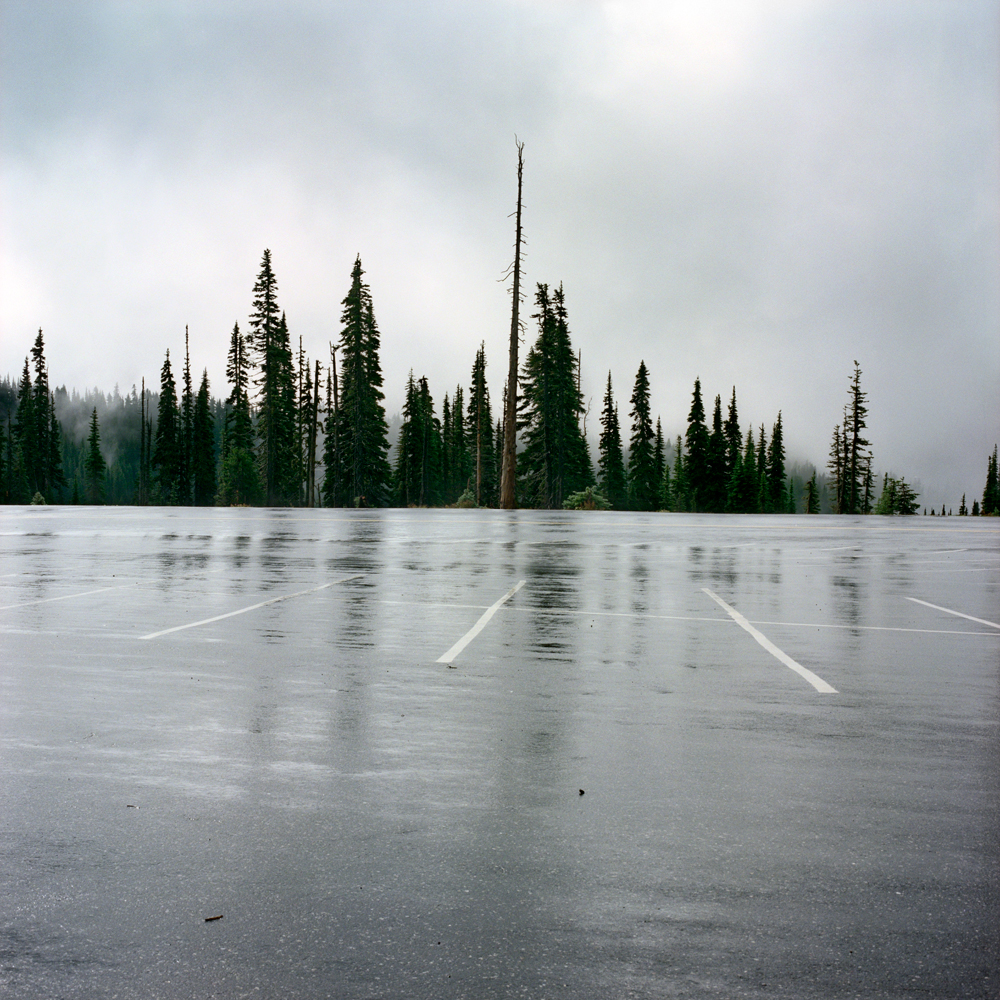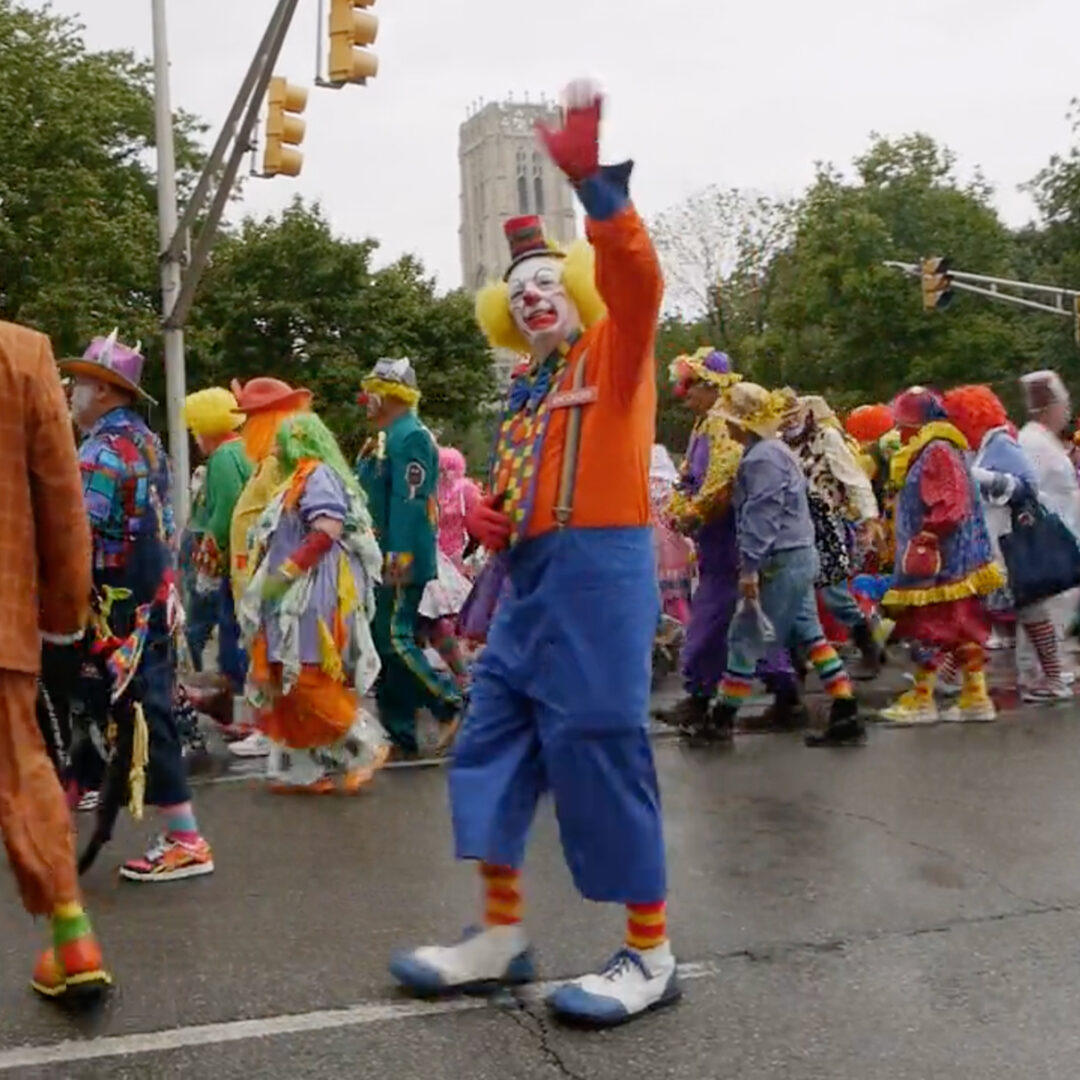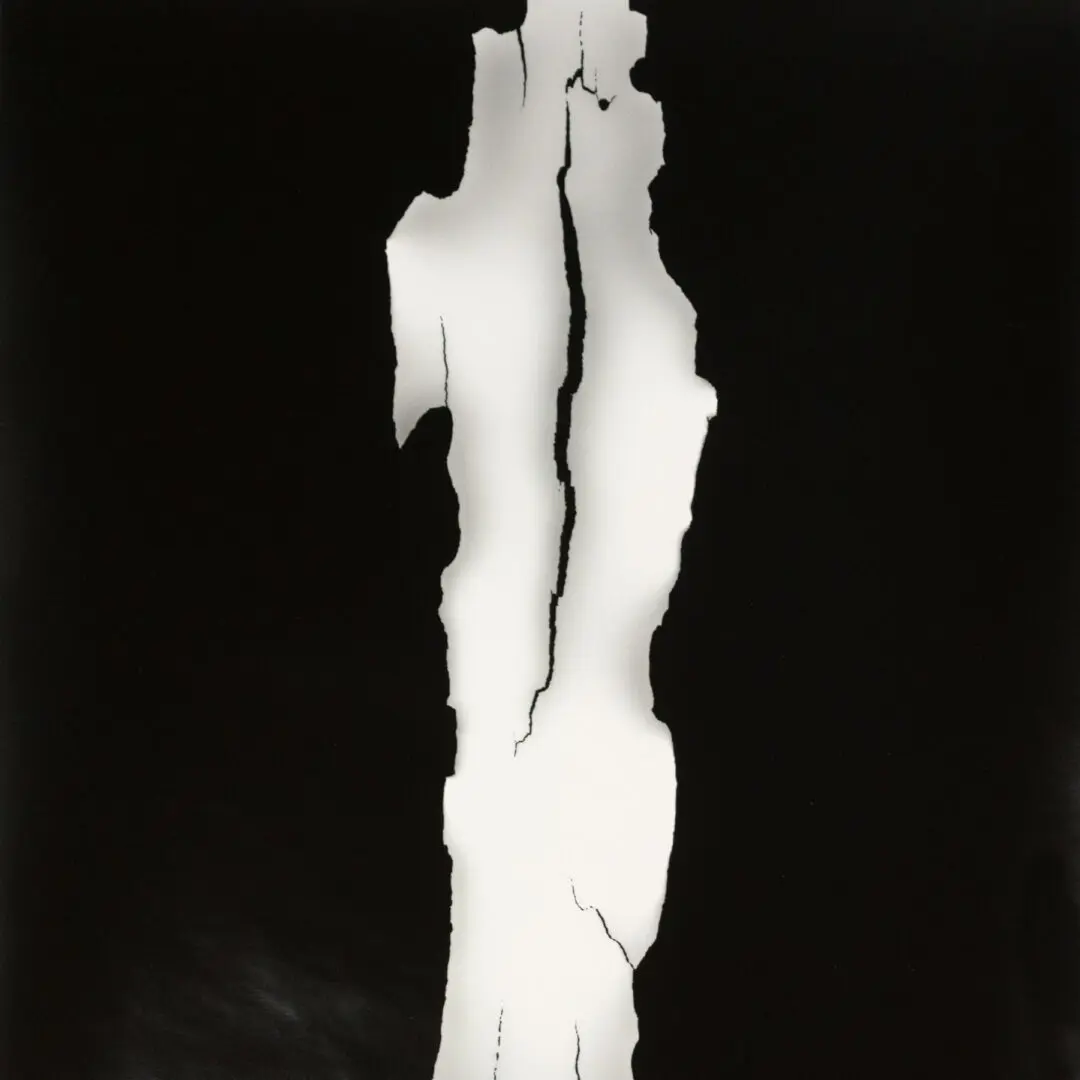PROJECTS
Contradictions define human relationships with nonhuman animals. We love and admire them; we are fascinated by them; we encourage our children to learn about them. Animals are embedded within core human history—evident in our stories, rituals and symbols. At the same time, some people eat, wear and cage them with seeming indifference, consuming them, and their images, in countless ways. Animals Are Outside Today offers the chance to contemplate our intersections with animals and consider the impact humans have on other living beings.
In over one hundred locations, from 2014-2019, Plumb installed guerilla public projections of her captive elephants video, Thirty Times a Minute. The presence of these massive, intelligent, far-roaming, emotional animals in urban zoos exemplifies contradiction and discordance, and public projections of their image onto urban walls and out-of-context surfaces interferes with public space and adds to layers of incongruity. This project contributes to the idea that sentient beings are not meant for spectacle or display.
Surveillling Snow Lily is a video installation project created from daily webcam screen recordings of a zoo-captive polar bear. The project reveals four years of Snow Lily’s incessant pacing. As the seasons change, each day she paces. This work confronts a system of cruelty, passed as normal for generations, and lets viewers to share in bearing witness. This work looks at the passage of time, endurance, absence, and the deep impact we humans have made on the planet.
Ongoing photography series that contemplates the notion of wilderness and the ways our interactions with it are mediated.
Many species right now are extremely vulnerable due to human consumption and habitat loss caused by climate change. Experts agree that likely no enclosure is sufficient for the widest-ranging animals. Do we take animals for granted if we are able to see them so easily in captivity, and when they exhibit unnatural behaviors in captivity (as is most often the case), do we accept this as normal? Existing models of captivity and display are ultimately not meant to serve the animals but rather the humans that watch them.
Invisible Visible explores relationships between systems rendered invisible that exist all around us. A multi-disciplinary project including sculpture and video installation, photography, and writings, created as an act of acknowledgement for the many lives involved in factory farming: the chickens and the workers, together subjected to the suffering created by our industrial food system.
An ongoing series about finding recovery, documenting the complicatedness of partnership, motherhood, raising two kids. The series looks at connection, escape, awakening, and the pendulums between joy, frustration, gratitude, resentment, blessings, guilt, and invisibility. There is an invisible labor, a magical architecture, a spirituality in motherhood. Becoming a mother cracked open a fragility to everything, a weight of responsibility, and flood of issues I didn’t want to repeat. To pay attention to each other’s realities is to remain in awe.
Selection of video shorts and experiments.
Collected Sycamore material, adopted for image, object, and transformation—echoing bone, skin, seed, and ash.
MARROW (Rendering Sycamore) Can attention and respect for trees lead to increased solutions to end violence and reduce consumption and lessen harms? Can paying close attention to the messages and rhythms of trees foster healing relationships with other living beings and increase recognition of our interconnectedness?
Ongoing: creation of objects and surfaces made from collections of found material. (Cicada skins, pigeon feathers, alewives, dead bees, quagga mollusks, dog hair, dogwood tree cotton, parkway sycamore branches)
Video projection is viewable dusk-midnight from the interior-facing windows of 21c Chicago. Holding Rhythm is an experimental video that weaves together vast landscapes with captive animals. It looks at the contradiction of keeping wild animals in captivity, raises questions about what it means to participate as a spectator, and acknowledges nature’s capacity to calm or soothe. How can paying attention to forces and rhythms of our natural world be a guide toward symbiosis, and contribute to pathways toward remedy?
Photographic series / book project (in progress), with slivers of stories, tilling absurdity, and looking at human consumption of nonhuman animals and the absence of their bodily autonomy.
